Detailed methods to increase the acidity of flowergrowing soil and improve soil compaction!
Even if you don't water or fertilize the plants, they still become malnourished. Take a look at the soil in your flower pots. Is it hard or even cracked? The soil that plants rely on for survival has become one of the culprits for poor plant growth. As a flower owner, you should check your knowledge.
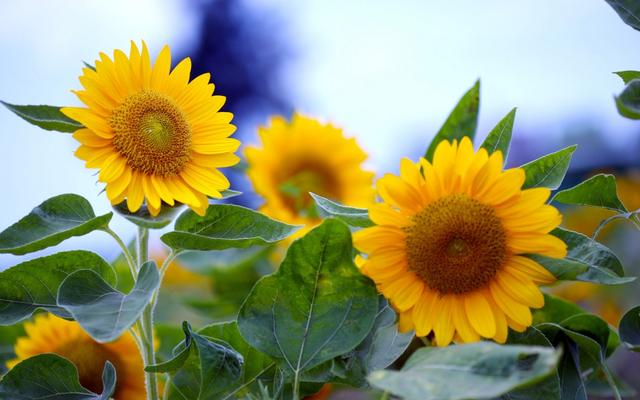
The harm of soil compaction in flower pots
That's right, soil compaction in flower pots = burying plants alive! In layman's terms, soil compaction that is visible to the naked eye means that the soil surface has become hard, and invisible factors include reduced soil water and fertilizer retention capacity and permeability.
The roots of plants buried in hard, airtight soil have difficulty absorbing nutrients, and the roots cannot breathe and grow normally, which may lead to lack of oxygen and rot. Finally, the roots are severely damaged and even the whole plant dies. Moreover, the compacted soil has poor water and fertilizer retention capacity, which makes your watering and fertilizing work meaningless.

Why does the soil in the flower pot become compacted?
Soil compaction is caused by the decrease of organic matter content in the soil (lack of humus), which affects the activity of microorganisms and thus destroys the soil aggregate structure. So what actions in daily flower cultivation lead to such a result?
※Forced popular science: Soil organic matter includes soil microorganisms, soil animals and their secretions, as well as plant residues and plant secretions in the soil.
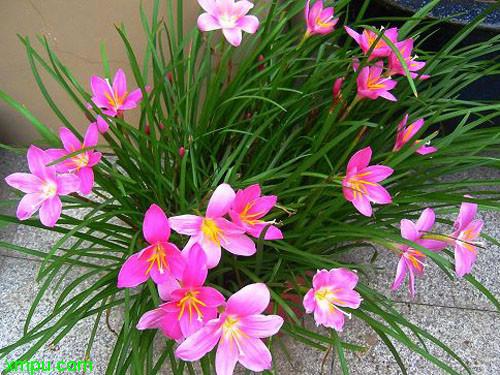
1. Long-term excessive watering.
The root cause of soil compaction is the loss of fertility, which is mostly because we usually water the flowers with a lot of water, causing the fertility to gradually be lost from the bottom of the pot with the water.
2. Use very hard water to water the flowers.
'Hard water' is water that contains a lot of soluble calcium and magnesium compounds, such as tap water. The water-insoluble compounds in hard water accumulate in the potting soil, making the potting soil hard and compacted.
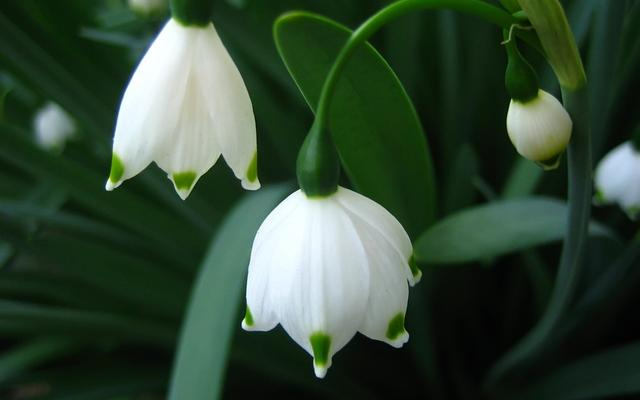
3. Improper fertilization.
Long-term single application of chemical fertilizers will cause soil compaction if humus is not replenished in time. For soils with high calcium content, the application of ammonium sulfate will also cause the potting soil to clump.
4. Give special treatment to students.
Believe the rumors and use fresh rice water, overnight tea, egg white, soy milk, milk and other unfermented proteins to water the flowers. Not only will the plants be unable to absorb them, but the soil will also become compacted.
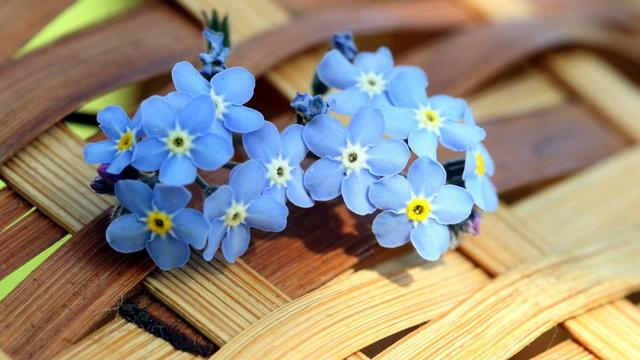
5. Long-term severe drought.
Looking at the cracked soil in the arid northwest, this is understandable, but it is rare for flower growers to have such a situation in their flower pots.
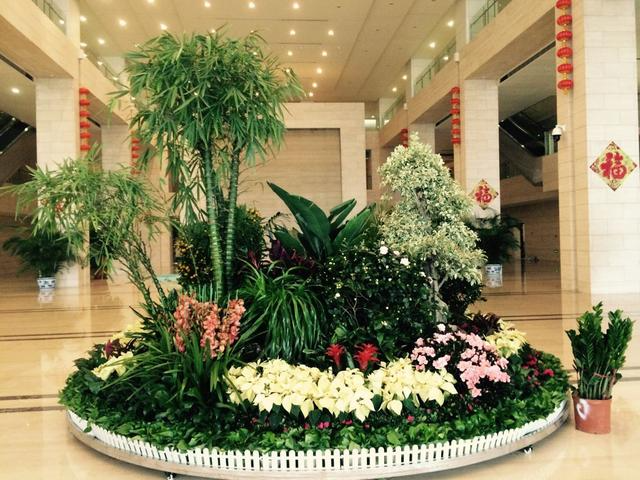
How to improve compacted potting soil
If the soil in the flowerpot is compacted, the simplest, direct and effective way is to change the soil. But if you don’t want to change the soil, what should you do to improve the compacted soil?
1. Mix new soil with old soil. Loosen the compacted soil and mix it with humus nutrient soil.
2. Use soil conditioners. For example, add water to soil loosening agent and dissolve it in a ratio of 1:1000, for example, 1 gram of soil loosening agent is mixed with 1000 grams of water, and then water the compacted soil thoroughly. Note that this mixture cannot be poured directly on the branches and leaves of the plants, but should be poured around the plants. Similarly, other soil conditioners can be used according to the instructions.

3. Applying organic fertilizer, especially biological organic fertilizer, can increase the organic matter in the soil, which is simple and effective.
4. Apply more microbial agents. This can increase the beneficial bacteria in the soil and activate the fixed nutrients in the compacted soil, thereby loosening the soil and increasing its fertility.

How to prevent soil compaction in flower pots
Whether it is new soil or old soil that has been modified after becoming compacted, if you do not pay attention to it during daily flower cultivation, the soil will become compacted again, so it is important to prevent compaction.
1. Loosen the soil frequently to keep the soil breathable; water the flowers slowly with small amounts of water, and avoid watering with large amounts of water; apply fertilizer appropriately according to the plant's requirements for the acidity and alkalinity of the soil.
2. Be careful when using fresh tap water to water flowers. Fresh tap water is not only hard water, but also contains bleaching powder and other substances that are not beneficial to plants. Tap water that has been dried and settled is slightly better. Natural soft water such as rainwater, river water, freshwater lake water, etc. is better for watering flowers, but it is not easy to obtain.
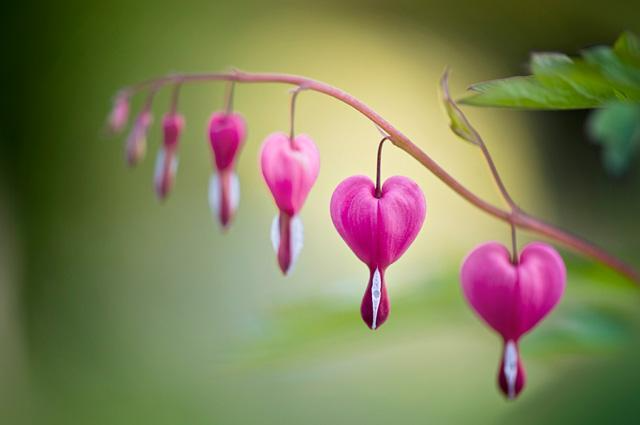
3. When planting or repotting plants, insert a few hollow tubes into the empty pots, fill the pots with soil as usual, fill the tubes with coarse sand, and then pull out the empty tubes, so that sand columns are formed in the pots. When watering the flowers, only water is poured into the sand columns, and the water can be evenly diffused in the pots through the sand columns. This method can prevent soil compaction and has no side effects on plant growth.
4. Add a pot bottom mat to each flower pot. When watering the flowers, pour water directly on the bottom mat to make the water moisten the soil through the bottom of the pot, which is beneficial to the development of the root system and has a certain effect on preventing soil compaction. This method is better to be used together with the ordinary watering method.

Methods to increase soil acidity: specific operations according to soil pH
Different plants have different preferences for soil pH. If you want your plants to bloom and bear fruit, you must cultivate them according to their growth needs. For example, plants such as camellias, lupines, lilies, and primroses prefer acidic soil. If your soil is not acidic enough or has been limed (reducing soil acidity), here are some ways to slightly increase the soil acidity so that plants that prefer acidic soil can grow happily.
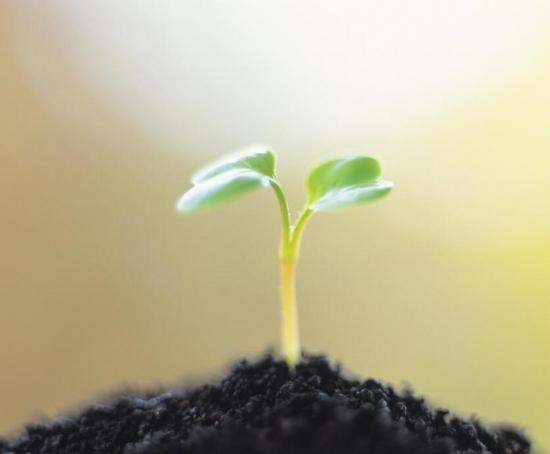
How to increase soil acidity
1. The best way is to send the soil sample for professional testing to obtain the most accurate test results.
Of course we understand that it can be inconvenient to have someone ask you to pay a lot of money just to give you a soil acidity reading. But if you are serious about growing or want to increase soil acidity for any reason, you should know that having a professional take a sample is more accurate than testing it at home. Although it may not seem so, there is a big difference between a soil pH of 5.5 and 6.5.
2. Try testing the pH value yourself at home.
If you don't want to take the idea of a professional soil test, you can test your soil pH at home, but be aware that your own test results won't be as accurate as a professional reading. There are a few ways you can do a home test and get a fairly accurate reading:
· Test the pH with a pH test strip. This method will only tell you if the soil is primarily acidic or alkaline, but it is a fun test you can use on many different flowers, vegetables, and herbs.
Test pH with vinegar and baking soda. Another basic way to test for acidity or alkalinity requires you to add vinegar and baking soda to the soil and see if the soil fizzes (bubbles). If the soil fizzes with vinegar, it is alkaline; if the soil fizzes with baking soda, it is acidic.
Purchase a home test kit. A home test kit should give you the pH value of your soil. This number is more informative than other test kits that give a simple "acidic" or "alkaline" result.

3. Remember to test the pH value of the water.
The pH level of groundwater you can use to water your plants ranges from 6.5 to 8.5, but is usually on the alkaline side to avoid corroding your pipes.
If the water you use for watering is initially alkaline (like your soil), you will need to take additional steps to get the acidic effect your plant desires.
One way to deal with this potential problem is to use pure filtered water. Pure water has a pH of 7, which is almost neutral. Using filtered pure water can effectively improve soil acidity, but it will be expensive over time.
4. No matter which test you do, you need to know how to read the pH value.
The pH scale measures how acidic or alkaline a substance is. The measurement range is from 0 to 14, with 0 being the most acidic (like battery acid) and 14 being the most alkaline (like drain cleaning fluid). A pH of 7 is considered "neutral."
For example, if your soil has a pH of 8.5, it is alkaline. You will need to add some acid to make the soil less alkaline. If your soil has a pH of 6.5, it is acidic. If you want to make the soil more acidic, you will have to add additional acid.
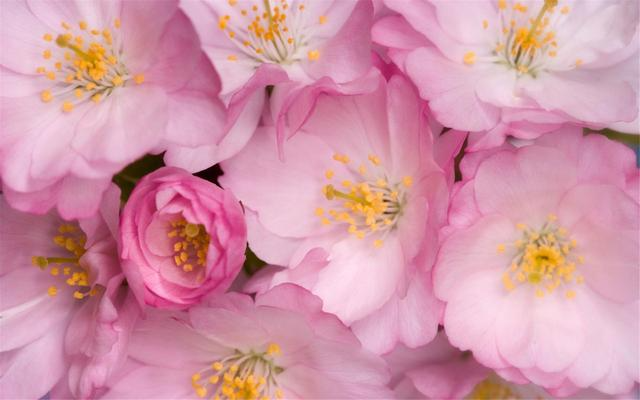
5. Confirm the soil type.
This step is different from determining the pH of your soil, but it is a very important step. Your soil type will determine the soil acidification method you should use.
Soils that are well-drained and relatively loose will make the acidification process easier. Such soils benefit from large amounts of organic compounds that acidify the soil as they decompose.
Soils that are clay-heavy and very compacted will make the acidification process more difficult. Adding organic matter to such soils will increase their alkalinity rather than decrease it.
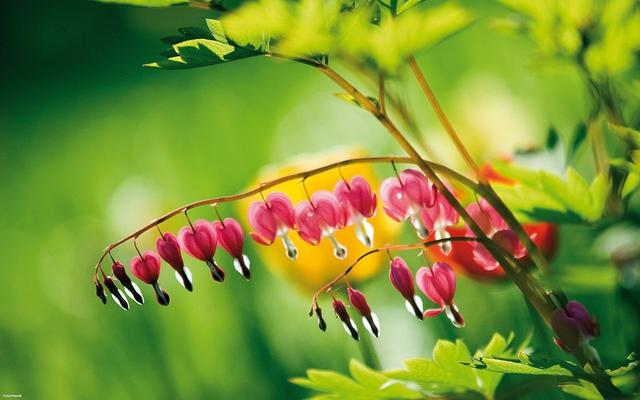
6. Add organic matter to loose soil with good drainage.
To acidify this type of soil, organic matter is your best choice. Organic matter acidifies the soil as it decomposes, but it takes a lot of it to lower the pH. Here are some good organic matter for you to consider using:
Peat moss
Composted oak leaves
Compost and manure
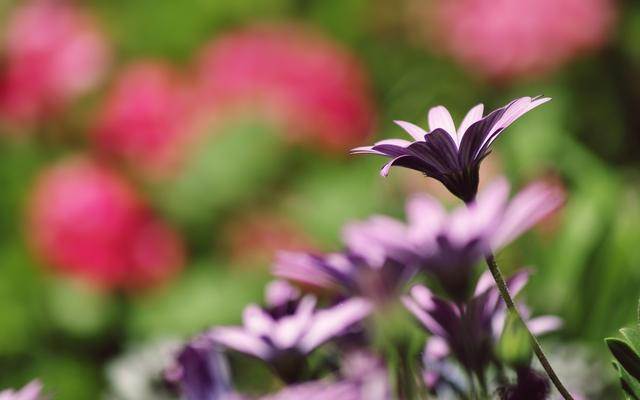
7. Add elemental sulfur to soils that are very compacted or contain a lot of clay.
As mentioned above, mixing organic matter into dense soil can make the situation worse because the soil will retain more water, thus increasing its alkalinity. Therefore, the safest approach is to increase the acidity of soils with a high clay content using elemental sulfur or iron sulfate.
When bacteria break down elemental sulfur into sulfuric acid, it can acidify the soil. It takes about 900 grams of elemental sulfur per 30 square feet of soil to reduce the soil pH from 7 to 4.5.
Since elemental sulfur is slow to work, it is best to mix it into the soil one year before planting to achieve the best results.
Mix elemental sulphur into the soil to a depth of 15 cm.
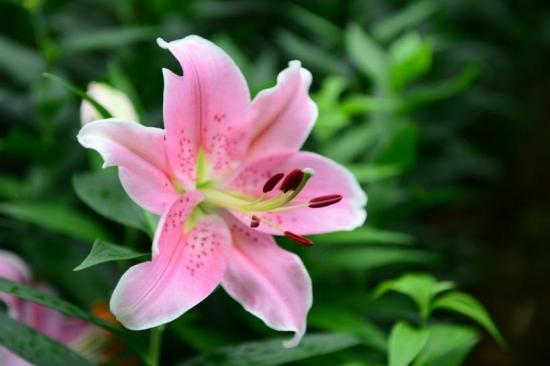
How to increase soil acidity
8. Add iron sulfate to soil that is very compacted or contains a lot of clay.
Iron sulfate relies on chemical reactions to produce acidity, so it does not rely on climate temperature and bacteria to produce biological reactions like elemental sulfur.
Up to 4.5 kg of iron sulfate is required per 83.6 square meters of soil to reduce the pH value by one unit.
Iron sulfates work faster than elemental sulfur. They can significantly lower the pH in two to three weeks, rather than months. This gives iron sulfate the added advantage that you can use it in the same season you decide to plant.
Be careful when using iron sulfate. It can leave rust stains on clothing, sidewalks, and patios. It is best to wash clothes stained with iron sulfate separately from other clothes to avoid cross contamination.
9. Use fertilizers containing ammonia.
In many cases, you can acidify the soil simply by using a fertilizer that contains ammonia. Many plant fertilizers for acidic soils contain ammonium sulfate or sulfur-coated urea.
Calcium nitrate and potassium nitrate should not be used as fertilizers, even though they contain ammonia. These fertilizers will actually raise the pH of the soil.
10. If you already have flowers or plants planted in soil, use elemental sulfur.
Because it works so slowly, it is hard to go wrong with a simple dosage. Add as much elemental sulfur as you can into wet soil without disturbing the root system. Continue to monitor the soil pH over the next few months.

11. Resist the urge to mix vinegar into the soil.
Vinegar can lower soil pH immediately, but it's not a good solution in this case. The change is too radical, wears off too quickly, and kills useful soil organisms. Avoid using vinegar unless you don't mind plants dying.
12. Use cottonseed meal as an acidifying fertilizer throughout the year.
Let's say you've already treated your soil with iron sulfate and have just planted blueberries. You can keep the soil's pH low by using lots of naturally acidifying fertilizers, such as cottonseed meal. Cottonseed meal is a byproduct of cotton production and is particularly useful for plants that prefer slightly acidic soils, such as azaleas, camellias, and rhododendrons.

13. Closely monitor soil pH at least annually.
Check the pH of the soil at the base of the plant and add aluminum sulfate or another fertilizer (especially for hydrangeas) without damaging the root system. For best results, use a commercial pH test kit or send a soil sample for professional testing.
Ornamental plants and vegetables generally prefer a slightly acidic environment between 6.5 and 6.8.
Hydrangeas, azaleas, rhododendrons and blueberries prefer a more acidic environment between 5 and 5.5.

14. If necessary, increase the soil pH by adding lime.
In some cases, you may have tried too hard to increase the acidity of your soil, and the soil may be too acidic for the plants or vegetables you want to grow. This is when you need to add lime to alkalinize the soil. There are three basic types of lime: limestone, burnt or quicklime, and slaked lime. Your soil type and the type of lime you choose will determine how much lime you need to use. Check the instructions on the package or ask a horticulturist for more details.
